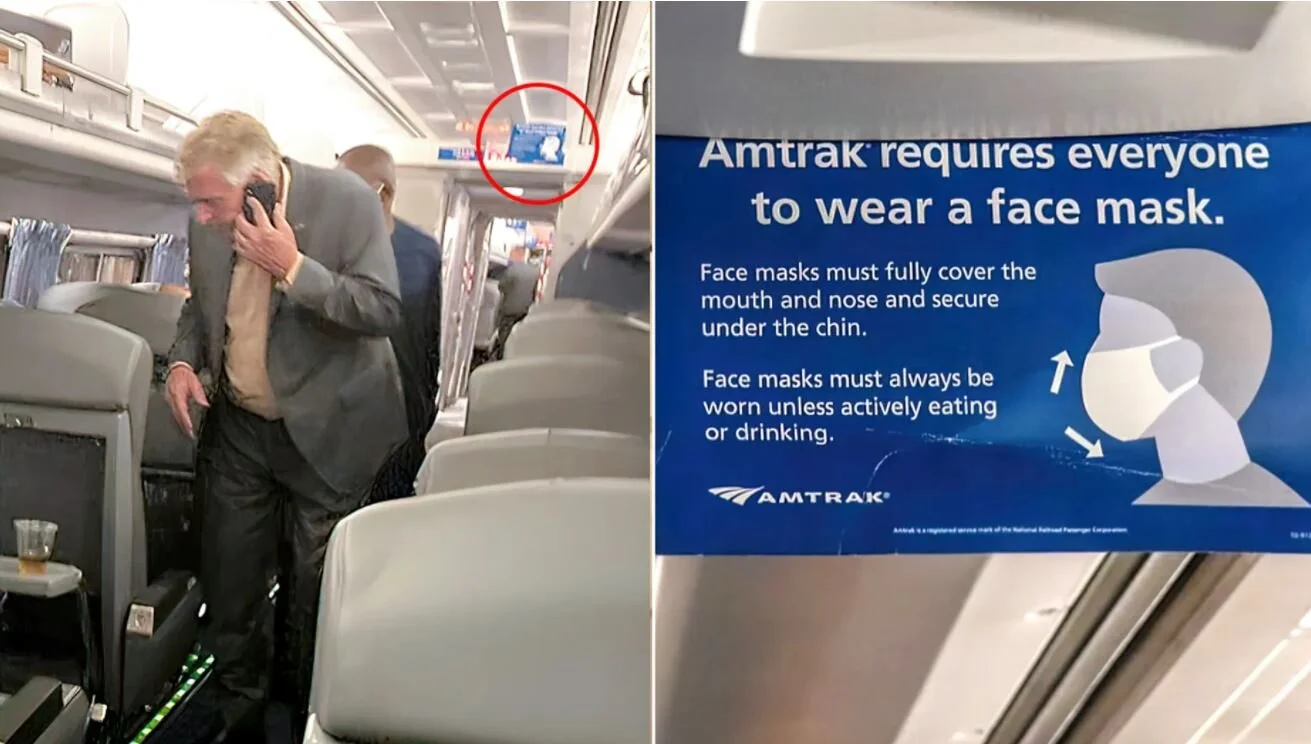“White Supremacy with a Hug”
Written for Bacon’s Rebellion by James A. Bacon
Josh Thompson, an English teacher at Blacksburg High School in Montgomery County, explains in the TikTok video above how Positive Behavioral Interventions and Supports (BPIS), the disciplinary approach used by Virginia public schools, amounts to “white supremacy with a hug.” BPIS was touted originally as a reform of the traditional disciplinary system, which relied more heavily upon punishments and was considered racist because Blacks were sanctioned disproportionately. But in the minds of some, PBIS is itself racist.
Fortunately, the Northam administration has not embraced the PBIS-as-white-supremacy critique…. not yet. I re-post Thompson’s TikTok here as an example of the kind of thinking that flows logically from the social-justice theories being batted around in Virginia public schools and could soon work their way into the mainstream.
“If PBIS concerns itself with positive behaviors, we have to ask ourselves, OK, what are those positive behaviors?” Thompson says. Positive behaviors include following directions, sitting quietly, staying in one’s seat — “all … things that come from White culture.” Sitting quietly and absorbing instruction passively “is not a thing that’s in with many cultures,” Thompson says.
If we’re positively enforcing these behaviors, we are, by extension, enforcing elements of White culture, which, therefore, keeps whiteness at the center, which is the definition of white supremacy. Really, “white supremacy” keeps whiteness as the dominant ideology, and centering whiteness is a major component of that process.
A Montgomery County School District spokesman told Fox News that Thompson is entitled to his personal belief, but his statements “do not reflect our PBIS program or the behavioral expectations that we have of students in our schools.”
Are Thompson’s views an aberration? No. I nearly blogged once about observations made by former director of diversity for the Virginia Department of Education, Leah Dozier Walker, in a videotaped diversity seminar. Walker, as I recall, did not use the term “whiteness,” but she did address the alleged cultural bias of expecting students to sit still in class. She made the point that “black girls laugh a lot.” It’s their cultural style to laugh loudly and heartily, and it is culturally oppressive to correct that behavior in the classroom. (I thought the phrase “Black Girls Laugh a Lot” would make a super headline, but I never got around to writing the piece.)
Walker no longer works at VDOE. But her departure was related to her running a consulting business on the side, not philosophical differences over the implementation of diversity, equity and inclusion.
Meanwhile, VDOE continues to push “culturally responsive pedagogy,” which emphasizes how schools much change their teaching methods to accommodate the cultural attributes of people of color, primarily Blacks. “White privilege” is commonly viewed as a barrier to implementing this approach. It is but a short step to the assertion that behaviors such as staying in one’s seat, not talking in class, and not interrupting teachers are aspects of “whiteness,” hence oppressive if imposed upon African-Americans students.
Interestingly, Asian-Americans don’t seem to have a problem with these allegedly “white” attributes. Indeed, Asian-American students appear to embrace them more whole-heartedly than most Whites, which might explain why they out-perform all other groups academically.
If we assess racism by statistical disparities in outcomes, as leftists do, then Thompson’s formulation is extraordinarily racist. His is the racism of low expectations. By labeling certain learning-positive behaviors as “white,” he implies that Blacks cannot reasonably be expected to sit still, keep quiet, and pay attention to the teacher. Insofar as Black students adopt this pernicious mindset and reject positive behaviors as “white,” their academic performance will suffer and racial disparities will widen.


